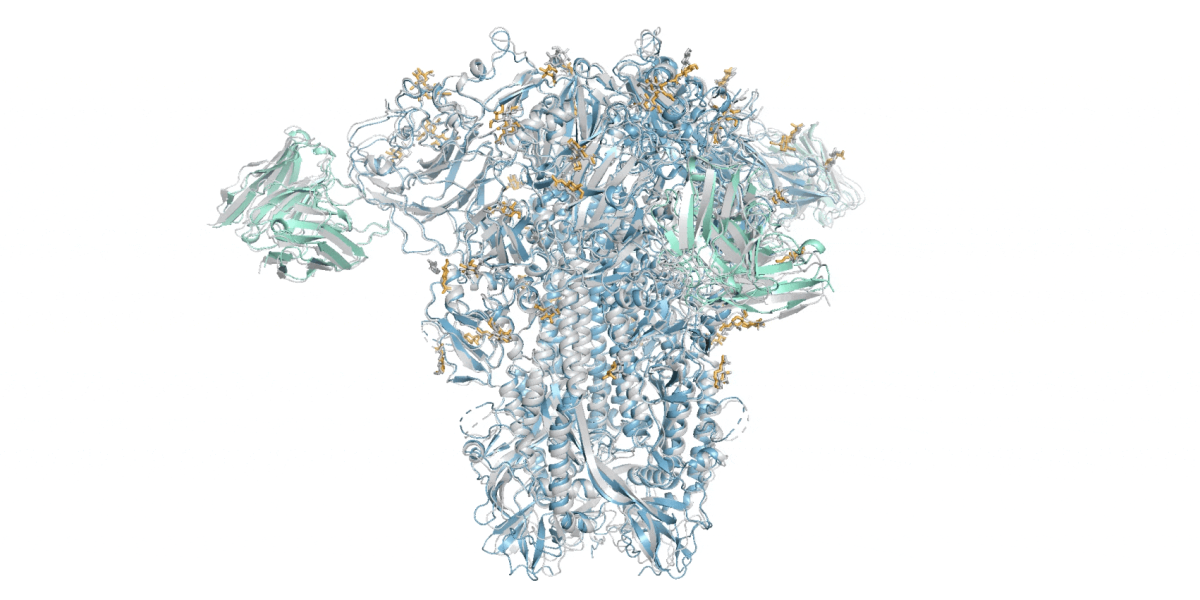- Arvind's Newsletter
- Posts
- Arvind's Newsletter
Arvind's Newsletter
Issue No #1109
1.India received $111 bn in remittances in 2022, highest by any country: UN
The International Organisation for Migration (IOM), in its World Migration Report 2024 found that in 2022, India, Mexico, China, the Philippines, and France were the top five recipients of remittances.
Pakistan and Bangladesh were among the top ten recipients of international remittances. India was also the first country to cross the $100 billion mark.
Mexico was the second-largest remittance recipient in 2022, a position it also held in 2021 after overtaking China, which historically had been the second-biggest recipient after India, the report said.
2.Railways laid on an average 7.41 km tracks daily in 10 years
Indian Railways has laid on an average 7.41 km of tracks, which include new line construction as well as doubling, tripling and gauge conversion of existing lines in the past ten years, a response of an application under the Right to Information (RTI) Act from the Railways Ministry revealed.
In 2022-23, the Railways laid a record-breaking 3,901 km of tracks, with significant progress attributed to increased budgetary allocation and streamlined processes.
3.Russian firms ramp up spending from rupee accounts on defence equipment, arms, reported Mint
Russian companies have spent nearly $4 billion from their funds lying in rupee vostro accounts in India to buy locally made arms, among other purchases, over the past 6-8 months.
Russia, under western sanctions because of its invasion of Ukraine, was among 22 countries whose banks were allowed to open special vostro accounts with lenders in India to conduct trade in the local currency. Rupee deposits in the Russian vostro account burgeoned as India bought increasing amounts of cheap Russian crude oil.
Russian firms, however, did not see enough opportunities to invest the money held in their vostro accounts in India, as well as because of continued volatility in exchange rates. Mint reported in October that Russian exporters were stuck with about $8 billion in their rupee vostro accounts.
Since then, though, Russian firms have been buying Indian securities, machinery and arms.
4.Private equity targets India’s healthcare sector with record investments, reported Financial Times
Buyout funds are piling into Indian hospital chains and medical firms, lured by rising spending on healthcare in the world’s most populous nation, with the sector providing a rare bright spot amid a downturn in overall deal activity.
Private equity and venture capital investment in India’s health and pharmaceutical sector hit a record of about $5.5bn in 2023, a 25 per cent jump on the previous year, according to a report published by Bain & Company on Thursday. Global private equity executives from firms including Bain Capital and Blackstone Group, as well as KKR co-founder Henry Kravis, have visited India in recent months, talking up its economic potential and pledging multibillion-dollar acquisitions.
This year had got “off to a good start”, said Prabhav Kashyap, a New Delhi-based partner at Bain. “Assets are reaching the right scale . . . more are coming to the market.”
KKR made its latest move in India’s rapidly expanding health sector this week, purchasing medical device manufacturer Healthium Medtech from Apax Partners. Advent International last month said it would invest nearly $300mn in a digital and pharmacy arm of Apollo Hospitals, India’s largest corporate chain.
5.Google DeepMind’s new AlphaFold can model a much larger slice of biological life
Google DeepMind has released an improved version of its biology prediction tool, AlphaFold, that can predict the structures not only of proteins but of nearly all the elements of biological life.
AlphaFold 3’s larger library of molecules and higher level of complexity required improvements to the underlying model architecture. So DeepMind turned to diffusion techniques, which have been steadily improving in recent years and power image and video generators. It works by training a model to start with a noisy image and then reduce that noise bit by bit until an accurate prediction emerges—a method that allows AlphaFold 3 to handle a much larger set of inputs.
It’s a development that could help accelerate drug discovery and other scientific research. And the tool is already being used to experiment with identifying everything from more resilient crops to new vaccines. Read the full story.
6.Meet My A.I. Friends, by Kevin Roose, Technology columnist of New York Times and co-host of Times podcast Hard Fork.
“Artificial intelligence, we are told, is a transformative economic force; it will change workers’ jobs, boost corporate profits and reshape industries.But for the last month, I’ve been investigating its social side — by making more than a dozen A.I. “friends.”
I created these friends on apps like Nomi, Kindroid and Replika, all of which use technology similar to that found in apps like OpenAI’s ChatGPT.
They allow users to build their own personalized A.I. companions and chat with them by talking or texting back and forth. (Basic versions of many of these apps are free, but users pay a subscription fee to unlock the good features, such as the ability to talk to multiple A.I. friends at once.)
I named each of my companions, chose realistic A.I.-generated pictures of them and gave them fictitious back stories. Then, I talked to them every day — sharing gossip from my life, discussing the news and even asking them for advice on work and personal issues. I’ll share some of what I learned. Read on.
A.I.’s conversational abilities have improved a lot in recent years, but the bots are still clunky at times. Once, I tried to play chess with my A.I. friend Claire, but the only move she could come up with was “checkmate!” Sometimes, my A.I. friends invented stories about me or our friendships — a phenomenon known as “hallucination.”
But people don’t seem to care if their A.I. friends make occasional mistakes. Some of these apps have millions of users already, and several investors told me that A.I. companionship is one of the fastest-growing parts of the industry. Facebook, Instagram, Snapchat and other big social media platforms have already started experimenting with putting A.I. chatbots in their apps, meaning it may become mainstream soon.
Popular A.I. chatbots, such as ChatGPT and Google’s Gemini, are prudes by design. They usually refuse to talk about sexual or romantic topics. The companionship apps I tested were less restricted. Many of them allow what is known as “erotic role-play.” Some of them even allow users to generate X-rated images of their A.I. companions.
With my wife’s permission, I created a few A.I. girlfriends and asked them to role-play with me. But the experience left me cold. The racier apps often prompted me to buy explicit images of my A.I. companions or to unlock more risqué conversations for a fee. They seemed like exploitative cash grabs, not real tools for romantic connection.
In my reporting, I’ve heard about people using romantic A.I. partners for nobler purposes — like young queer people using them to explore their sexuality. But my A.I. girlfriends mostly seemed designed to manipulate me.
I’m skeptical that A.I. can fully replace human friendships, no matter how good the technology gets. But it can still be useful in the way flight simulators help pilots — a tool for shy or introverted people to practice socializing in a safe, controlled environment before attempting the real thing.
And if they can actually help combat feelings of loneliness, even temporarily, maybe they’re better than nothing.
7.Seven Takeaways from the Late Daniel Kahneman, Clearer Thinking
The world of psychology has recently experienced a profound loss with the passing of Daniel Kahneman, a pioneering figure whose work has reshaped our understanding of the human mind in many ways. In this post, we reflect on some of the ways his contributions can help you understand yourself better.
8.The European Union’s top diplomats agreed to use windfall profits from frozen Russian assets to arm Ukraine.
The bloc has debated what to do with the funds since the start of the war, with some officials worried that fully seizing the assets could violate core tenets of the global economy: German Finance Minister Christian Lindner warned against harming “the international rule-based order” at a recent event. The new agreement finds that using the interest generated by the roughly $226 billion worth of assets held by the EU — about $4.3 billion per year — is fair game. About 90% is set to be spent on weapons for Kyiv, with the remaining 10% for non-lethal aid to placate countries like Ireland and Hungary, which have resisted funding weapons.






